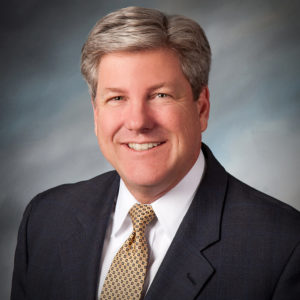SIFMA affirms uniform standard must be “no less stringent” than ’40 Act
John Wasik, a Forbes columnist, wrote a piece (published here) discussing Knut Rostad’s blog, “Four More Years?” Wasik’s piece attracted a response from SIFMA (highlighted here in part) that, though including some misunderstandings that can be easily cleared up, is encouraging. It is encouraging because SIFMA acknowledges Dodd-Frank requires a uniform fiduciary standard be “no less stringent” than the ’40 Act, and SIFMA concludes “it is virtually impossible to have a weaker standard” than the ’40 Act. This suggests SIFMA can explain how its framework for a uniform fiduciary standard, set out in a July 2011 letter to the SEC, is not weaker than, but is equivalent to the ’40 Act. Doing so would be a significant step forward.
In explaining the stringency of its framework, among other issues, SIFMA can put to rest confusion regarding what many view as an inherent contradiction in Dodd-Frank Section 913. Some observers perceive an inherent contradiction between two criteria: i.e.: not “imposing” the ’40 Act as a uniform fiduciary standard on the one hand, and crafting a uniform fiduciary standard that is “no less stringent” than the ’40 Act on the other hand. In reality, these criteria are not contradictory.
Requiring “equal stringency” is not imposing the same standard. This clear difference, the difference between the means and the end, is well accepted in numerous realms, and examples are ubiquitous. The same nutrient values can be attained from different foods, equivalent educations can be attained from different universities, and equivalent product characteristics can be attained from different brands. This principle — the principle of attaining an equal end from different means — underlies the meaning of Dodd—Franks “no less stringent” requirement.
Just as more than one means can achieve an end, it should be self evident that not any means will necessarily achieve the same end. Nutritional values generally differ between vegetables and pastries. That nutrients in a Twinkie are no substitute for, or are not equivalent to the nutrients in broccoli should be self evident. With apologies to the late Senator from Texas, Lloyd Bentsen, a Twinkie is no stem of broccoli.
There should be no expectation that SIFMA’s framework “imposes” the ’40 Act. There should be every expectation that SIFMA can explain how its carefully crafted framework set out in substantial detail is equally stringent to the ’40 Act. This burden of proof falls on any proposed uniform fiduciary standard. It is particularly important for SIFMA because, based on SIFMA’s own description of its proposed uniform standard framework, the SIFMA standard appears to fall far short of the stringency of the ’40 Act on numerous points. If this is an inaccurate reading of SIFMA’s standard, SIFMA should explain how its framework is equivalent to the ’40 Act, and is not a far weaker substitute. Or, is not a Twinkie substitute for the stem of broccoli.
Knut said …. that we’d like a weaker standard than the ’40 Act. That’s not true. In Dodd-Frank itself, it gave the SEC the discretion to create a standard that is “no less stringent” than the current standard. So, it is virtually impossible to have a weaker standard, and we’ve never called for that anyway. Additionally, if Congress wanted brokers to fall under the `40 Act, they would have put that into Dodd-Frank. In fact, the Senate had that exactly language, but in the conference committee it was discarded for what is now Section 913 (and 914). Indeed, Barney Frank himself, wrote to the SEC saying that Dodd-Frank was not mean to direct the SEC to impose the 40 Act on brokers. I have attached that letter for your reference.”

